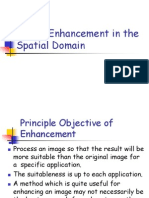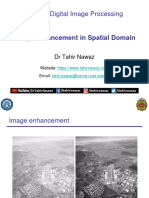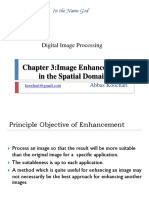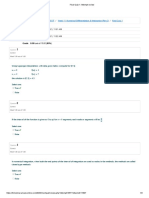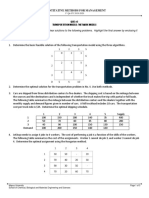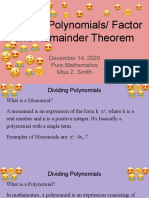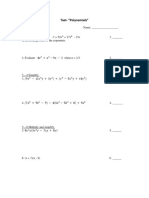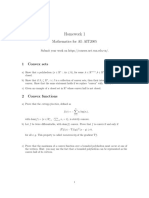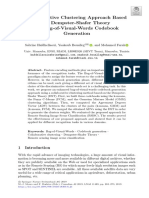0% found this document useful (0 votes)
31 views90 pagesChapter 2# Image Enhacement
The document covers image enhancement techniques in both spatial and frequency domains, including grey level transformations, smoothing and sharpening filters, and histogram processing. It explains the importance of enhancement for improving image quality affected by various degradations and provides details on histogram manipulation for image statistics and enhancement. Additionally, it discusses intensity transformations, filtering methods, and the use of MATLAB for histogram processing and image adjustments.
Uploaded by
geme kelbesaCopyright
© © All Rights Reserved
We take content rights seriously. If you suspect this is your content, claim it here.
Available Formats
Download as PDF, TXT or read online on Scribd
0% found this document useful (0 votes)
31 views90 pagesChapter 2# Image Enhacement
The document covers image enhancement techniques in both spatial and frequency domains, including grey level transformations, smoothing and sharpening filters, and histogram processing. It explains the importance of enhancement for improving image quality affected by various degradations and provides details on histogram manipulation for image statistics and enhancement. Additionally, it discusses intensity transformations, filtering methods, and the use of MATLAB for histogram processing and image adjustments.
Uploaded by
geme kelbesaCopyright
© © All Rights Reserved
We take content rights seriously. If you suspect this is your content, claim it here.
Available Formats
Download as PDF, TXT or read online on Scribd
/ 90














